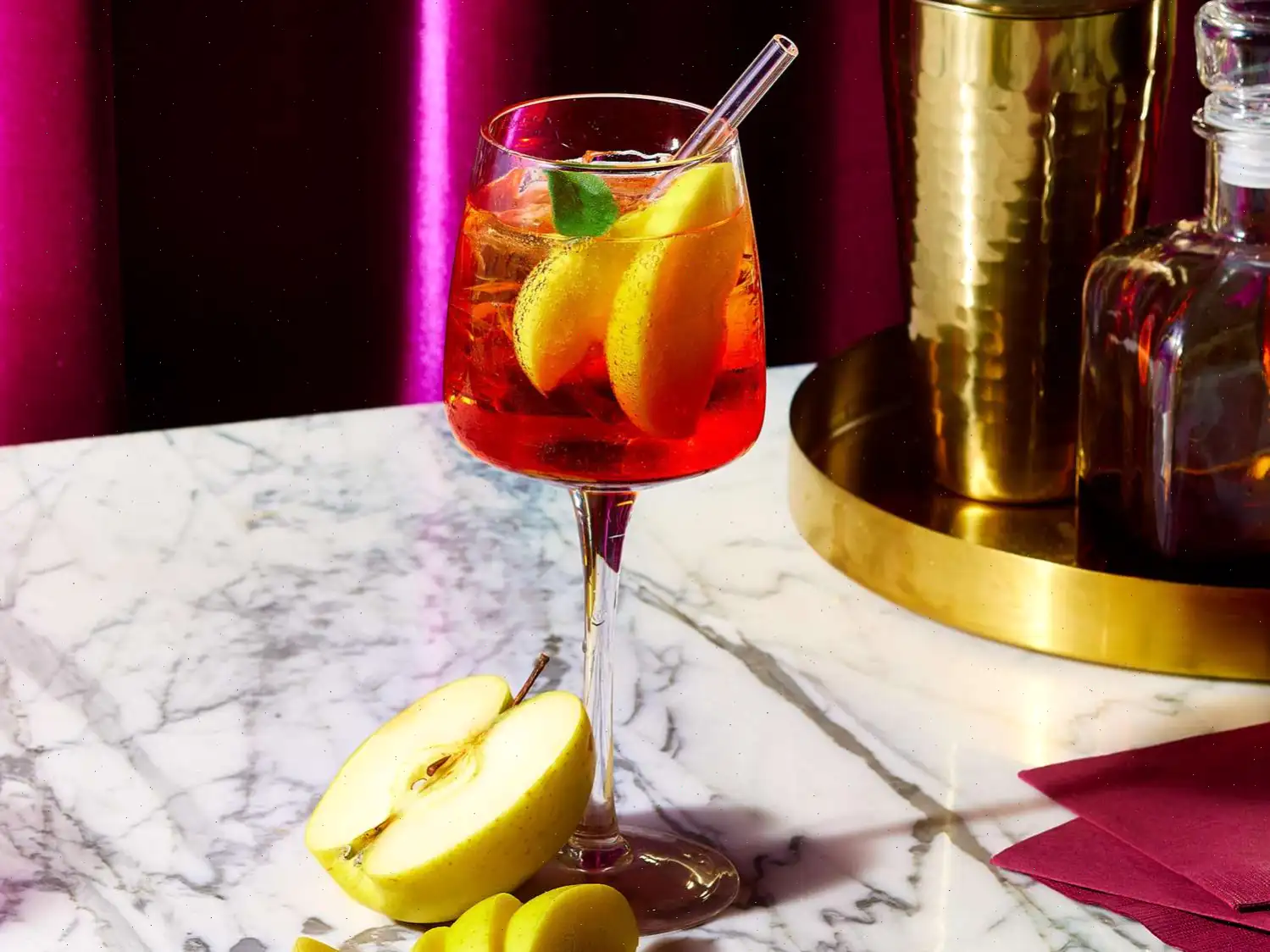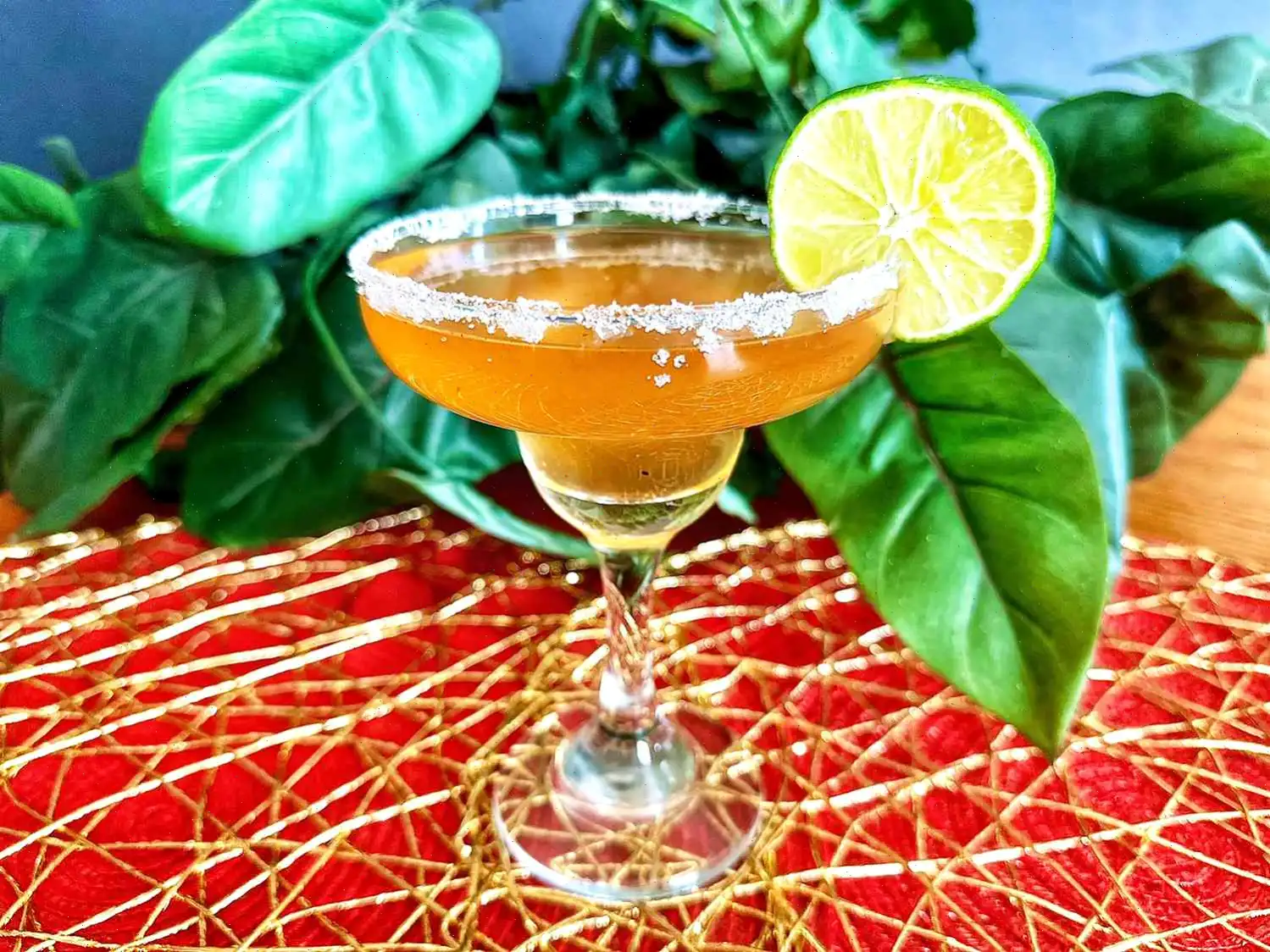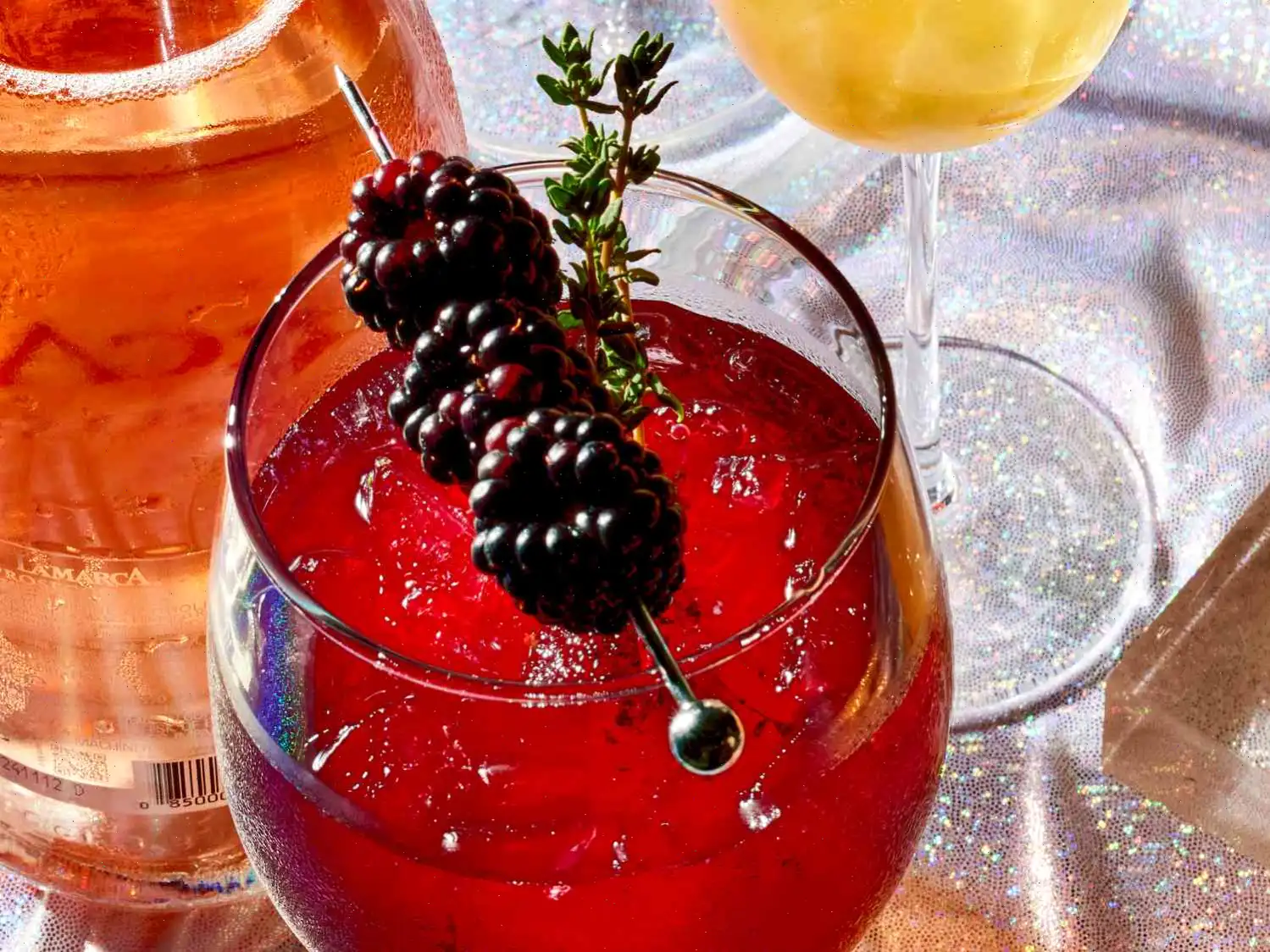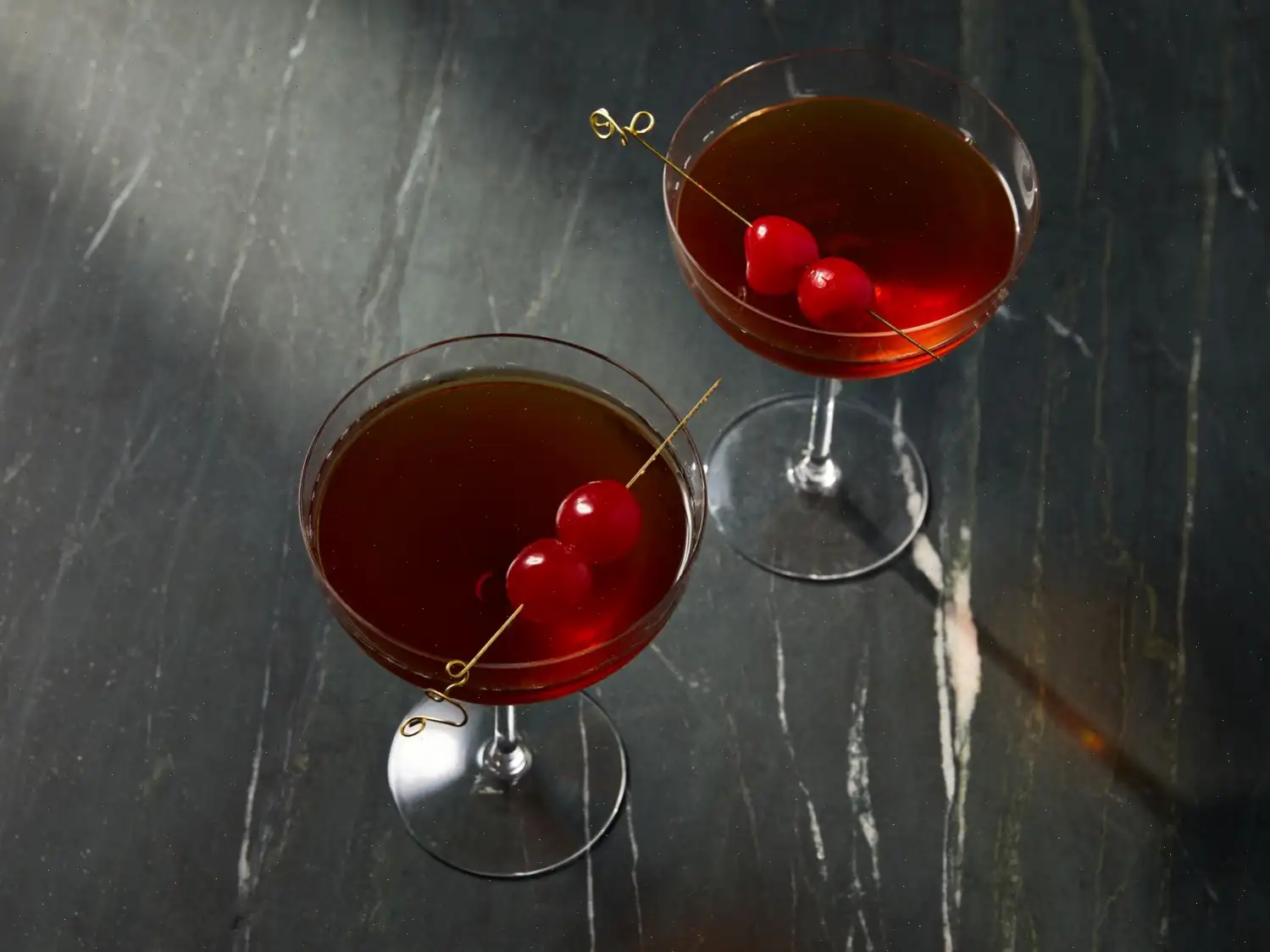
Apple Fall Spritz Recipe
Ingredients
This recipe was developed at its original yield. Ingredient amounts are automatically adjusted, but cooking times and steps remain unchanged. Note that not all recipes scale perfectly.
Original recipe (1X) yields 1 serving.
- Ice, as needed
- 2 apple slices
- 1 fresh sage leaf
- 3 ounces dry hard apple cider
- 2 ounces Aperol
- Splash of club soda
Directions
- Fill a glass with ice.
- Place the apple slices and sage leaf in the glass.
- Pour the hard apple cider and Aperol into the glass.
- Top off with a splash of club soda.
Cooks Note: You can substitute pear slices and hard pear cider for apple to make a pear spritz.
Nutrition Facts (per serving):
- Calories: 210
- Total Fat: 0g (0% DV)
- Saturated Fat: 0g (0% DV)
- Cholesterol: 0mg (0% DV)
- Sodium: 6mg (0% DV)
- Total Carbohydrate: 38g (14% DV)
- Dietary Fiber: 2g (6% DV)
- Total Sugars: 35g
- Protein: 0g (1% DV)
- Vitamin C: 39mg (43% DV)
- Calcium: 13mg (1% DV)
- Iron: 0mg (1% DV)
- Potassium: 157mg (3% DV)
* Percent Daily Values are based on a 2,000 calorie diet. Your daily values may be higher or lower depending on your calorie needs.
** Nutrient information is not available for all ingredients. Amount is based on available nutrient data.
If you are following a medically restrictive diet, please consult your doctor or registered dietitian before preparing this recipe for personal consumption.
The Story Behind the Apple Fall Spritz
The Apple Fall Spritz is a modern twist on the traditional spritz, which originated in Northern Italy in the 19th century. Classic Italian spritzes combined sparkling wine with bitters, often Aperol or Campari, and a splash of soda water. The Apple Fall Spritz adapts this concept for autumn, replacing prosecco with hard apple cider, giving it a seasonal, fruity character. Its creation reflects a growing trend of incorporating local and seasonal ingredients into classic cocktails, particularly in the United States.
Regional Variations
This cocktail is especially popular in regions where apple orchards are abundant, such as New England, the Pacific Northwest, and parts of the Midwest. In these areas, bartenders and home mixologists often substitute locally made hard cider for the traditional sparkling wine, creating a uniquely regional flavor. Some variations also incorporate pear cider or additional fall spices like cinnamon and nutmeg, depending on local taste preferences.
What Sets It Apart from Similar Drinks
Unlike a classic Aperol Spritz, the Apple Fall Spritz uses hard cider, which provides a crisp, slightly tangy base instead of the dry, bubbly wine. This choice softens the bitterness of Aperol while adding a natural sweetness. Compared to a regular apple cider cocktail, it remains light, effervescent, and low in alcohol, making it a refreshing option rather than a heavy seasonal drink. Its use of fresh garnishes, such as sage leaves and apple slices, also distinguishes it by adding aromatic complexity.
Where Its Typically Served
The Apple Fall Spritz is most often enjoyed at fall gatherings, such as harvest parties, outdoor brunches, or casual evening get-togethers. Many bars and restaurants with a seasonal cocktail menu offer it during autumn months, highlighting its appeal as both a visual and flavorful centerpiece. Its sparkling appearance and autumnal notes make it popular for celebrations like Halloween, Thanksgiving, or even apple festivals.
Interesting Facts
- The Apple Fall Spritz can be easily adapted for non-alcoholic versions by using sparkling apple juice instead of hard cider and omitting the Aperol.
- Sage, a traditional autumn herb, not only adds visual appeal but also enhances the drinks flavor with subtle earthiness.
- The drinks popularity has surged alongside the craft cider movement, reflecting a broader cultural interest in artisanal beverages.
- It pairs well with cheese boards, light appetizers, and even pumpkin-based desserts, making it a versatile choice for seasonal entertaining.
- Its combination of apple and Aperol mimics the balance of sweet and bitter flavors found in classic Italian aperitifs but with a distinctly fall twist.








